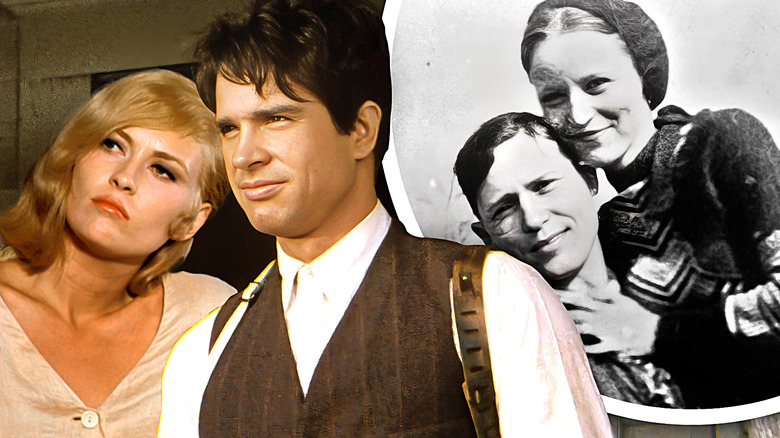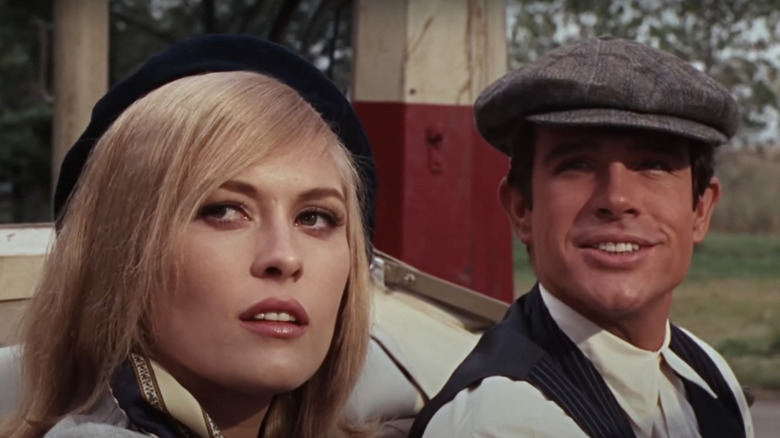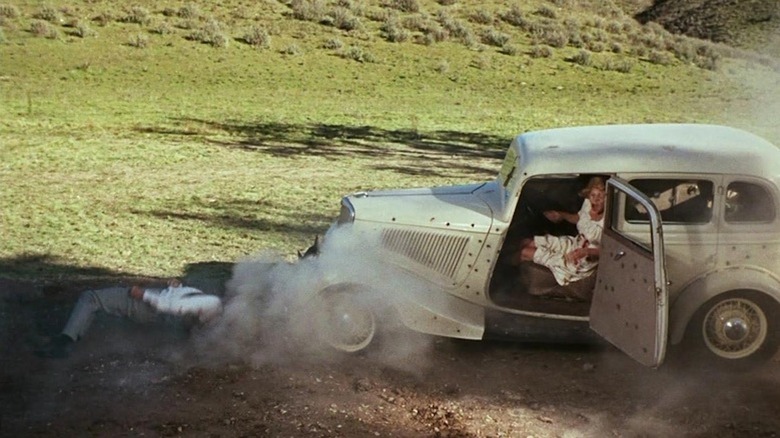Arthur Penn’s controversial “Bonnie and Clyde” was one of many first photographs throughout the cultural bow at the outset of the New Hollywood revolution. That is when the most important studios lastly, if fairly by accident, realized a legion of moviegoers (i.e. Child Boomers) had been dropping curiosity in historic epics, warfare movies, and Westerns, and, determined to save lots of their business, handed over the reins to artists and executives who understood what this upstart technology was craving. Rock-and-roll was over a decade previous by this level, whereas beat poetry and protest music had been all the craze. Audiences wished films that burned with the identical dissatisfied hearth that fueled all the different artwork they had been imbibing and inhaling on the time. They wished to be challenged.
“Bonnie and Clyde” did greater than problem moviegoers. It shook them up. Many beloved this. Some, like The New York Occasions’ chief movie critic Bosley Crowther, positively resented it.
Crowther’s evaluate has develop into notorious as a rant from the outgoing cultural institution towards the carefree nihilism of the burgeoning counterculture. “It’s a low-cost piece of bald-faced slapstick comedy that treats the hideous depredations of that sleazy, moronic pair as if they had been as filled with enjoyable and frolic because the jazz-age cutups in ‘Totally Fashionable Millie,'” wrote Crowther. He was not the one one that hated the glorification of Bonnie Parker (Faye Dunaway) and Clyde Barrow (Warren Beatty). Historians and still-living contemporaries strongly took subject with the movie within the wake of its launch, and for good purpose: Penn and the screenwriting duo of Robert Benton and David Newman took a number of liberties with the factual document. What did they get incorrect and/or misrepresent?
The extremely half-true, half-fabricated adventures of Bonnie and Clyde
One main departure from the historic document has to do with Bonnie Parker’s bodily state by the top of the movie. In actual life, she had been burned and disabled after surviving a somewhat gnarly automotive crash. This was possible elided on account of make-up challenges (one account says her pores and skin was burned off to the bone in locations) and the bummer high quality of the vivacious Bonnie being so badly injured. Oddly, the movie’s depiction of her getting shot in the course of the escape that results in the loss of life of Buck Barrow (Gene Hackman) and the arrest of his spouse Blanche Barrow (Estelle Parsons) was a complete invention; in truth, she escaped that scrape unhurt, and Clyde, clearly, didn’t kill a lawman in response to her getting shot.
Clyde did kill, nevertheless, as did Bonnie. Although they had been typically cordial sufficient to their captives (giving them cash to assist them get again house), they valued self-preservation first. That comes by means of within the movie. However did they actually ship pictures and poetry to the press whereas on the run? No. These objects had been all found posthumously, together with the well-known image of Bonnie holding a shotgun on Clyde.
As for the depiction of Texas Ranger Frank Hamer (Denver Pyle) as oafish and inept, that was so off-base that his household sued the producers for defamation and settled out of courtroom for an undisclosed sum. Additionally disputed is the movie’s closing scene. Do you’re keen on that second of silence interrupted by a rustle, the flutter of birds and a hail of gunfire? Alas, that is not the way it went down in actual life. In line with individuals who had been on the scene, Bonnie and Clyde had been nonetheless driving the automotive when the Rangers started blasting away.
One different one that was upset together with her portrayal was the actual Blanche Barrow. Though Parsons received an Academy Award for her efficiency, Blanche was none too happy with being depicted as, in her phrases, “a screaming horse’s ass.”
Do these revelations make you assume much less of “Bonnie and Clyde?” They should not.
Why a couple of strategic fibs are higher than the entire reality
As a historic drama, “Bonnie and Clyde” is true to the spirit of the outlaws’ crime spree, however streamlined to raised inform a propulsive story. Identify an amazing historic movie, then go digging into the scholarship round it and you will find that important liberties had been taken in doing justice to the life and instances of its topic(s).
To make certain, “Bonnie and Clyde” is a cultural argument starter, however that has nothing to with its service to the historic document. The foremost gripe in regards to the film is that, as Crowther claimed on the time of its launch, it is a deeply cynical lark of a journey with a few kill-happy youngsters who had been something however Robin Hoods. I feel that is the scrumptious hazard of Penn’s film (one thing that was hardly novel on the time, what with Joseph H. Lewis’ “Gun Loopy” and numerous mob and gangster flicks in its rearview): We’re enthralled by Bonnie and Clyde’s brazen lawlessness from begin to end, and we do need them to flee, regardless that we have seen them kill a minimum of one harmless individual.
Perhaps in the future some sensible younger filmmaker will ship a naturalistic, warts-and-all tackle the Bonnie and Clyde legend. However for now, we have got this truth-skirting masterpiece that is nonetheless a vicarious kick 57 years later.


